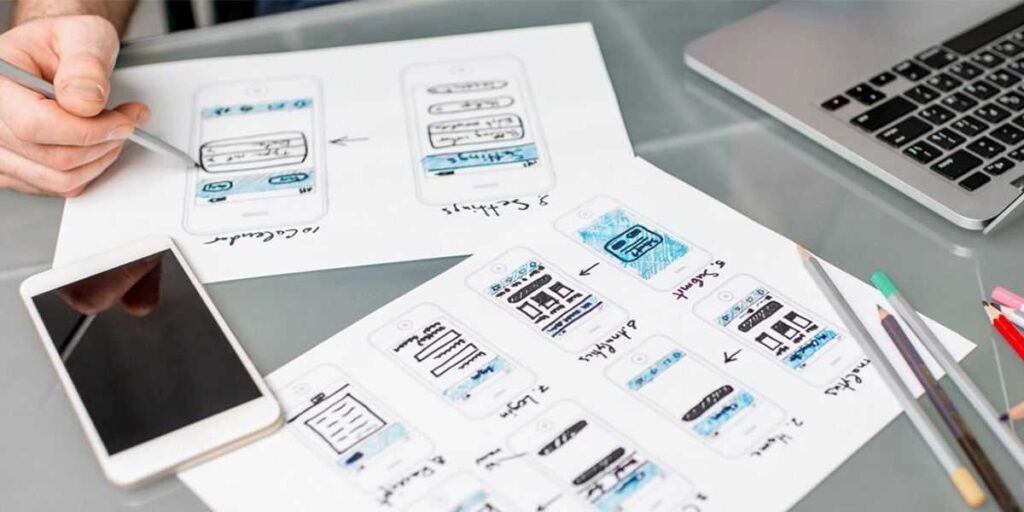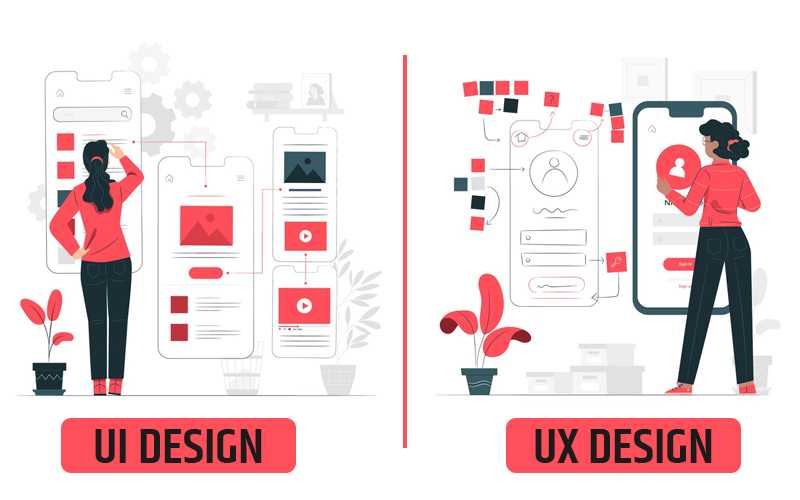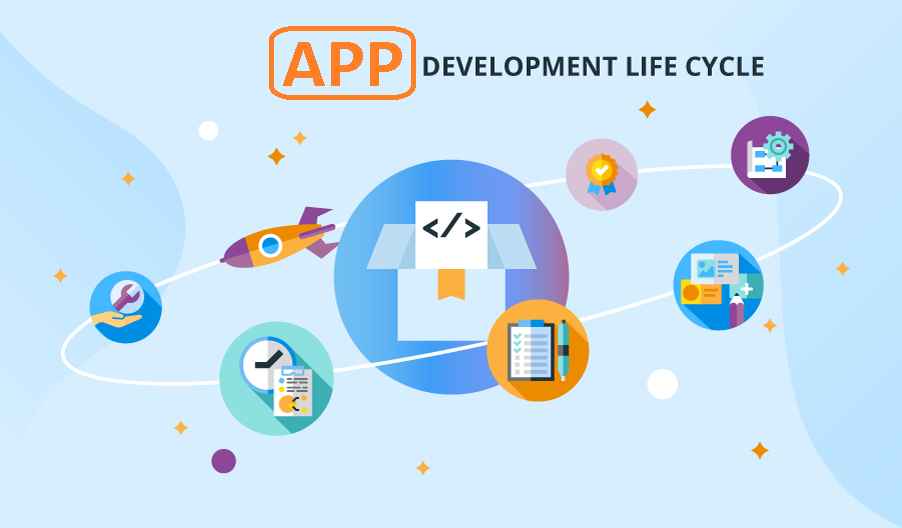Development of a Mobile application is not just a process you create and then launch it. You must have to go through different steps for this activity.
Ruby Garage a custom app development company developed all types of an app like Finance, marketplaces, and other different mobile app solutions. They always find the ideal balance between cost, quality, and project requirements. Ruby Garage is a software development and consulting company that offers software development services and a broad range of solutions and services for companies to meet their technological demands. They have been creating web and mobile applications.
In today’s post, you will learn about what are the phases of Mobile app development. Let’s check it out.
There are five phases of the App development cycle
Phases of App development are given below:
1. Product Discovery Phase

When you meet with your developer, and then they ask some questions for you. Like who are the ones that have access to your app and any other conditions.
Product Discovery is a process where data about the project, including data on the target market and audience, is gathered and examined. This helps in outlining the project’s objectives, limitations, and overall scope. In product discovery, Product teams improve their ideas by thoroughly understanding real customer problems and then deciding the most effective solution for that.
The main steps of the Product discovery phase are.
- Establishing business objectives.
- Investigating competitors
- Project Awareness
- Builds a user path and determines the target audience.
- Estimating the budget and timetable.
- Making a Roadmap
Social Media Trends for Mobile App Development
2. Design Phase

Design is very important in our app development phase. Because the look and feel of the app have a significant effect on user experience.
The design stage is when the user interface (UI) and user experience (UX) of your software are conceived, developed, and approved before being sent to the developers to build. So a UI designer now starts the brainstorming phase with the use of wireframes, which is an essential step in the creation of mobile apps.
There are four steps in the Design phase.
1. Sketching
Sketching is a form of drawing in which designers suggest, explore, and refine ideas for their projects. It is a powerful process that helps you to start with your best ideas.
2. Wireframe
A wireframe is a two-dimensional representation of a page’s interface that focuses on the allocation of content space and priority, available features, and desired actions. For these reasons, styling, color, or graphics are not available in wireframes.
3. Prototype
A mobile app prototype is an interactive mockup. It has important user interfaces, displays, and simulated functions. In the prototype, there are no functional codes or design components.
4. Testing
User testing is the last step in the design process. Users will be requested to provide input on the prototype, most likely the company’s employees who will use the live version if it’s an internal app. After their feedback, the Designer either rejects the project or solve issues that created errors in their project.
Learn Using the Web Application
3. Development Phase

After you make your design, then now you have to develop it. There are two steps in the Development phase.
1. Front end
It is called client-side programming. This is the user interface side from which the user interacts with your application. Using web languages like HTML, CSS, and JavaScript, a front-end developer develops apps that people can access and use.
2. Backend
It is called server-side programming. You’ll need to plan out your app’s backend as your wireframe. This is everything that you and your team will interact regularly with in order to manage the app and solve user complaints. Choose the servers, data integration, push notification providers, and other backend architecture you’ll employ to support your app.
4. Quality Assurance and Testing Phase

After your development phase, even if your app looks fantastic but makes sure that your coding is error free and it didn’t have any potential risks. Quality Assurance testing is used To ensure that defects, errors, and possible dangers of your app are addressed at an early stage of the development.
You should perform a lot of testing on your own; take a look at your initial concepts and wireframe designs, then go through the multiple components you have included. Test anything that was added to determine whether it lives up to your expectations for the function.
The four steps of Quality assurance is
- Plan
- Do
- Check
- Act
Types of Testing
- Documentation Testing
It is the process of non-functional testing, in which feedback from users is gathered and improvements have been documented.
- Functional Testing
The basic functions of an application are validated through functional testing, a sort of software testing, against a specified set of guidelines.
- Usability Testing
In this, testing is possible by actual users. They easily describe how this application is how used and how it effectively it completed the designer’s marketing objectives. These questions must be asked in usability testing.
- Screening questions.
- Pre-test questions.
- In-test questions.
- Post-test questions.
- User Interface Testing
UI testing tests how the application responds to user input from the keyboard and mouse as well as if the visual components are functional and appear as expected.
- Compatibility testing
A software application’s ability to work properly across various browsers, databases, operating systems (OS), mobile devices, networks, and hardware is determined by a compatibility test.
- Performance testing
Performance testing is a non-functional software testing method that evaluates how well an application performs in terms of its speed, scalability, responsiveness, and stability under various workloads.
- Security testing
A testing that detects system errors and verifies whether the system’s data and resources are secure from potential hackers is known as security testing. It guarantees that the application and software are safe from any risks or threats that might result in a loss.
Certification testing
A testing in which it is ensured that your application meets all the rules and regulations of the App store, Google Play store, etc.
5. App Launch and Deployment Phase

This is the final stage of your App development cycle. In this phase, the application is launched into the market and end users start using it. The software must be installed in a production environment after the deployment phase before end users may begin using it.
Once your application is launched in the App Store, it goes through a review process that might take some time to complete. As there is no review process for Android apps, it depends on how closely your product follows the iOS app rules.
Product Maintenance
This is the important step in App development Cycle. Some important activities of Product maintenance are:
- planning and creating new features for apps
- analyzing statistics and user comments to draw guidelines for future product development
- PR and direct promotion
- ongoing technical assistance
- serving clients and posting fresh articles
Conclusion
The app development cycle is not difficult to work. Just plan your ideas first, then design them. After designing, develop its front and back end. Then check the quality of your app. That’s over after some testing; your app is launched into the market. Following these above steps will make designing your app a much more enjoyable process. If you have any questions related to the above information, and then ask them in the comment box. Happy Fortune!




